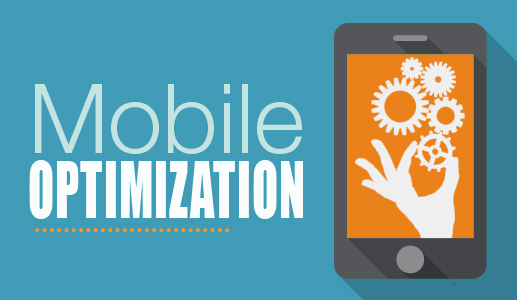You may have a best developed desktop website but with growing number of netizens surfing the web on mobile phones or tablet, having a mobile website for your business has become a necessity. Mobility will stay as it has been predicted that mobile search usage will outnumber desktop search by 2015. Thus by creating a mobile website you will keep your business ahead of the competition. Integration of mobile version for your website will offer your customers an easy to use web page for any mobile devices that will leave your customer with a pleasant experience they will remember. Thus in order to maximize customer satisfaction through mobile phone you will need to build a smart-phone optimized website.
So why not a strategy recommended and loved by GOOGLE!
Google recommend three unique configurations for developing mobile optimized website allowing your business to perform well in Search Engine Result Pages. They are,
1- Website using responsive web design ? Responsive design is a setup serving desktop, mobile and tablets on the same set of URLs serving the same HTML to all devices and CSS to alter the rendering of the page on different devices.
Responsive web design has multiple benefits, with responsive design desktop and mobile content remains on a same URL, making it easier for users to interact, share and link. It also allows Google to discover your content more efficiently as it does not require different googlebot user agent to index your website content. * The most recommended configuration.
2-Dynamic Serving ? These are the websites which dynamically serves all devices on the same set of URLs, but each URL are serving different HTML and CSS depending upon the user agent. While using Dynamic Serving it is strongly recommended to use Vary HTTP header to communicate to caching servers and Google algorithm allowing them to understand that content may change for different user agents. It further allows Googlebot to discover your smart-phone optimized content faster.
3-Separate Mobile Site Configuration ? Google also allow having separate mobile and desktop website. But in such a case it recommends to use Annotation that communicates search engine algorithm that desktop and mobile page content is equal in usage. It describes the relationship between mobile and desktop content as an alternate to each other and should be treated as a same entity. Annotation assists to understand the structure of the site content giving an option to perform well in Google?s Search result.
Hopefully this blog provided some insight as you must be planning to have a new mobile site design for your existing website. Using any of the above configuration will enable you to hit the jackpot right from the start in today?s time when there are only few businesses having mobile friendly website. It will help you to analyze user behavior to optimize web page content and improve user engagement at this mobile era of internet usage.

